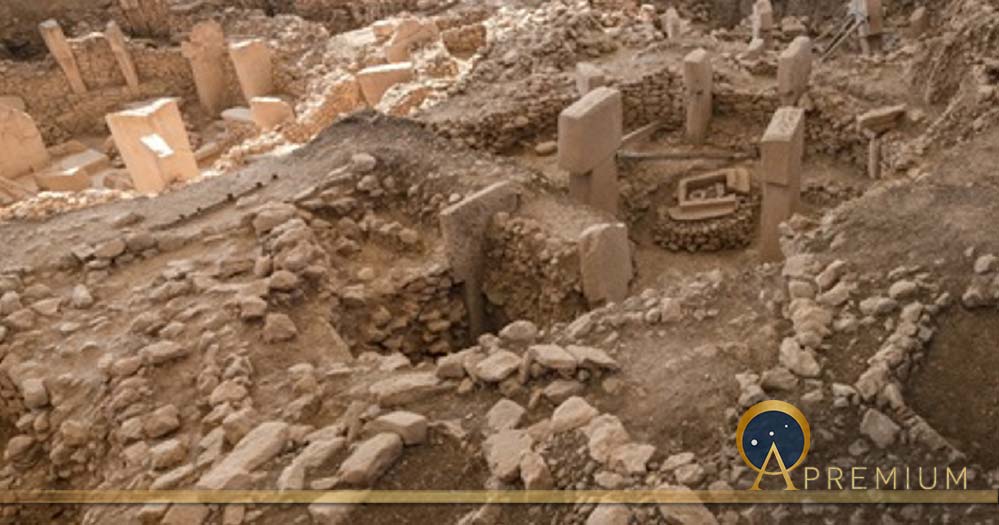Göbekli Tepe, Birth of Civilization and Religion
Before the invention of pottery, before the birth of agriculture, before the advent of what is now called civilization, there was Göbekli Tepe. In one of the most stunning archaeological discoveries of the 20th century, indeed, perhaps of all time, the birth of civilization was pushed back by more than 6,000 years. And subsequent findings are adding even more to the mystery.

Ancient Site of Göbekli Tepe in Southern Turkey (Brian Weed/ Adobe Stock)
In the Beginning: A Holy Place
The site that is causing all the stir has also moved the gaze of historians north, into ancient Anatolia in southeastern Turkey, to face the perplexities of ‘In the beginning’. No longer is it safe to say that civilization began in Mesopotamia and Egypt. That honor now resides in the area spreading out from Şanlıurfa, long thought to be the birthplace of Abraham, the patriarch of Judaism. Called ‘Potbelly Hill’ by local natives, because of its rounded, protruding shape, the entire area of ancient Anatolia is rich in biblical lore, but Göbekli Tepe's origins extend back much further in time. The elaborately carved T-shaped pillars found within a series of circular structures were erected some 12,000 years ago, predating the traditional dates for even the Egyptian pyramids by at least six millennia.
The dating is firmly authenticated and accepted by experts the world over. That is why the site has caused such a stir. Before the discovery of Göbekli Tepe it was standard theory that the Agricultural Revolution, with its guarantees of a stable food supply, brought about the first settled communities and led to the invention of writing and eventually the birth of established religion. Now that idea has been upended. Göbekli Tepe was almost certainly built by hunter-gatherers as a religious ritual center. Klaus Schmidt, director of excavation until his death in 2014, called it "the first human-built holy place." He believed that evidence clearly seemed to indicate that it was religion that led to the Agricultural Revolution, rather than the other way around. Something about the countryside itself seemed to call out to scattered bands of subsistence hunter-gathers to build what he called a "regional gathering place."

Göbekli Tepe PIlars in the Sanliurfa museum. (Cobija / CC BY-SA 4.0)
Home to a Semi-Sedentary Population?
Dr. Lee Clare, the current director of excavation, disagrees with this assessment. He believes that Göbekli Tepe was home to a semi-sedentary population from its very beginning.
Like this Preview and want to read on? You can! JOIN US THERE ( with easy, instant access ) and see what you’re missing!! All Premium articles are available in full, with immediate access.
For the price of a cup of coffee, you get this and all the other great benefits at Ancient Origins Premium. And - each time you support AO Premium, you support independent thought and writing.

This is the fourth of a series of eight articles written by Jim Willis which will detail aspects of the history of various ancient sites in Turkey and Anatolia. In September, 2020, Ancient Origins Tours is partnering with award-winning tour operator Travel the Unknown to provide its readers with comprehensive escorted tours throughout the mysteries of the region, visiting classic destinations as well as more obscure locations where the magic of the past remains as strong today as it did thousands of years ago. Your hosts are Jim Willis, author of Lost Civilizations: The Secret Histories and Suppressed Technologies of the Ancients, and Micki Pistorius, Premium Editor.
Top Image Ancient Site of Gobekli Tepe in SanliUrfa, Turkey, The Oldest Temple of the World. (Haluk/ Adobe Stock)
By Jim Willis



















